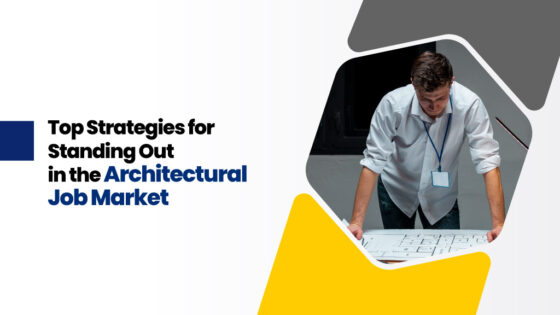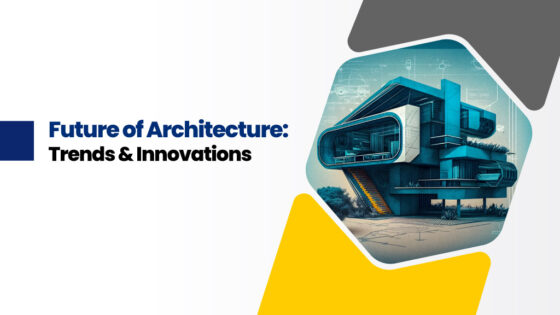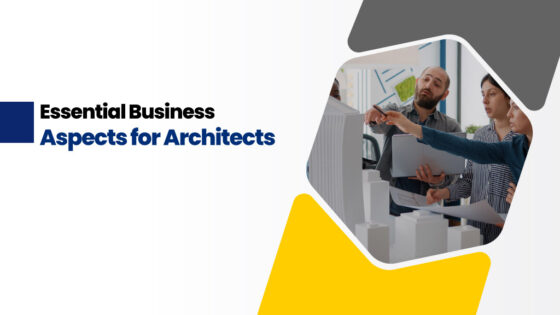Architect certification typically includes live webinars, interactive activities, text-based materials, audio and video lectures, and a final exam. Your ability to manage projects, analyse data, model business processes, and use enterprise architecture may all benefit from this. The basic qualification to attend these professional courses is to pursue in a B Arch Colleges In Coimbatore and some of the other field graduates who are interested in learning architecture can also participate in these courses. This article explains the architecture courses available this year and the evolution of tools in the architecture field.
Architecture Certifications course to learn this year:
1. CEAP: The Knowledge Academy offers a two-day training course called Certified Enterprise Architect Professional (CEAP). The major enterprise architecture frameworks and how to use them in business settings are covered in this course. The project’s size, location, sensitivity, and risk are all taken into account when planning a data migration.
2. TOGAF: It evaluates your understanding of fundamental enterprise architecture and your ability to apply it to projects that are in line with an organisation’s operational objectives, business plans, and operating processes. While you study for this exam, you will learn how to manage the software development lifecycle and design project requirements practically.
3. The Cloud Credential Council (CCC): It focuses on combining cloud solutions with existing IT infrastructure. It covers architecture design, frameworks, standards, and cloud computing technology engineering. The programme additionally underscores centre ideas like cloud environments, relocation, and administration. After completing this course, you will be able to select, set up, and implement a cloud architecture that meets the requirements of your business.
4. Compositional Courses and Classes On the Web (Udemy): The option to learn the fundamental definitions, topics, and issues relevant to the subject. The complete AutoCAD 208-19, the architectural Revit 209, 3D house design mastery in Blender 3D, the fundamentals of garden design, the interior scene with 3DS MAX, and Photoshop visualisation for architects can be learned from this course. Although, technical skills can be learned and practised live when you attend India’s best architecture colleges.
5. Roman Architecture (Coursera): This introductory-level course is designed for individuals who enjoy travelling and are interested in learning how architecture can influence politics, society, and culture. To begin the classes, there is no prerequisite. With comprehensive explanation and visuals, explore the in-depth information about the architecture’s history, designs, and vision.
Current tools and technologies you need to learn:
Understanding the tools and procedures enables you to do architecture tasks with ease and to recognise how technology has changed the field of architecture. Even if you pursue academic education in the top B Arch Colleges Of Architecture And Planning In India, your career depends on how well you put what you’ve learned into practice. Here are some tools used in architecture back then compared to today.
1. One of the most common tasks that architects complete is to document an existing building in order to plan its transformation. Tape Measure vs. Surveying App
Only by hand, with a tape measure, a pen, and paper, was this task possible. The time-consuming process of surveying an existing space has decreased significantly since the introduction of infrared scanners, depth-sensing cameras, and software that can communicate with them.
These applications are likely to become a standard part of an architect’s workflow sooner rather than later due to their ability to convert field-captured images into increasingly accurate CAD drawings and three-dimensional models.
2. Adding Furniture to a Drawing Using a Template versus Premade 3-D Models. In the days of hand-drafting, selecting an object that was appropriate for its scale from a stencil and tracing it were the only methods available. With a single click, today’s sophisticated equivalent makes it possible to import an infinite number of premade models into a variety of design software.
3. Electric Eraser versus Undo. The most straightforward and underappreciated shift in an architect’s tools from physical to virtual methods is the ease with which they can now undo their previous work.
The Undo feature is standard across the majority of software applications. Before this wonderful invention, the best architects used electric erasers on their hands, which allowed them to save large drawing sets in the event of a drafting error or a last-minute design change.
4. Blueprint Machine vs. Inkjet Plotter. If you spend enough time in an architectural firm, you might hear older designers talk about using a blueprint machine.
It was once the best way to make copies of drawings, involving rolling the original drawing through a chemical mixture that put the image on a special kind of paper. Digital plotters have been feeding information directly from a virtual drawing file for quite some time, eliminating the need for manual labor.
Paper drawing records may eventually become a thing of the past as well, given the popularity of cloud-based editing software like Bluebeam and the growing organisation of computerised documentation practices among areas and construction professionals.
5. Digitizer Tablet versus Touch Screen. Early cycles of computerised drafting were frequently matched with a digitizer: a special keyboard that could be directly drawn on or used to select commands.
Eventually, CAD software got better at incorporating a keyboard and mouse, but now that devices like Microsoft’s Surface Studio are pushing an interface with touch-heavy tools just for architects, the trend may be back towards a hands-on approach. Now there are various updates available.






